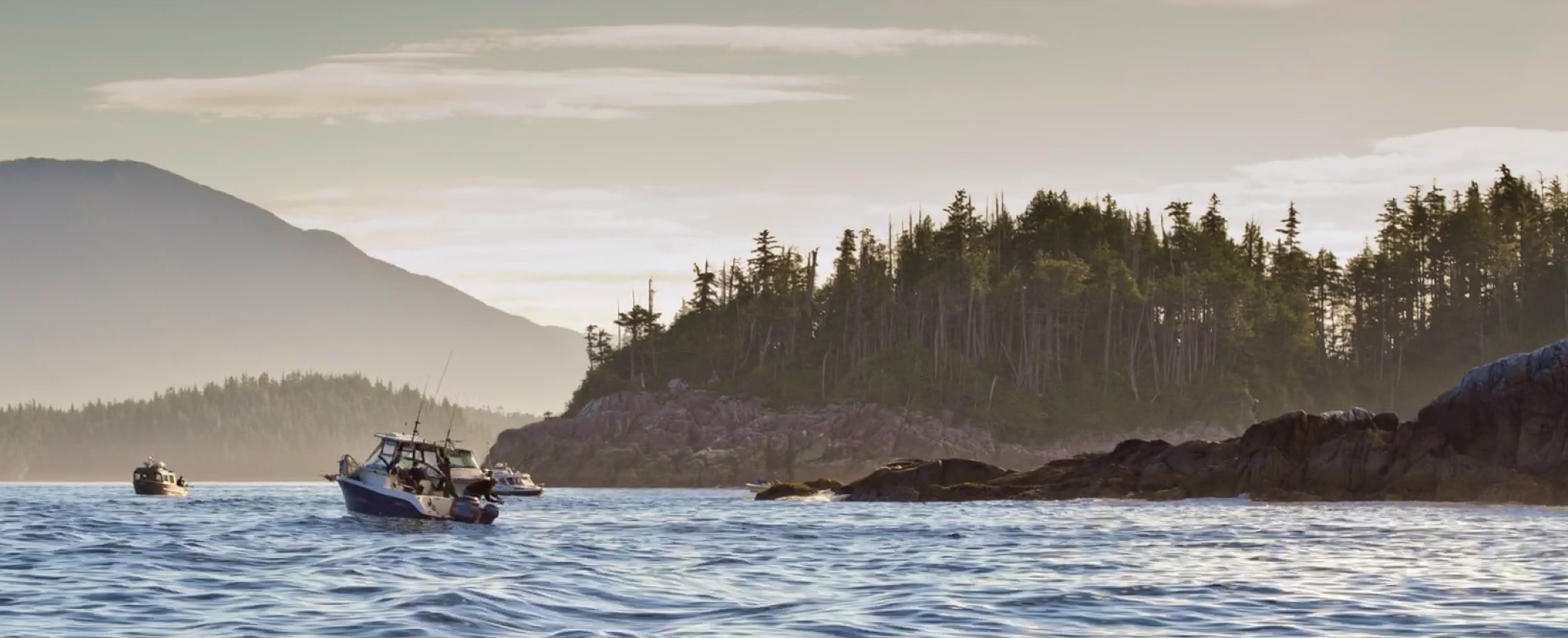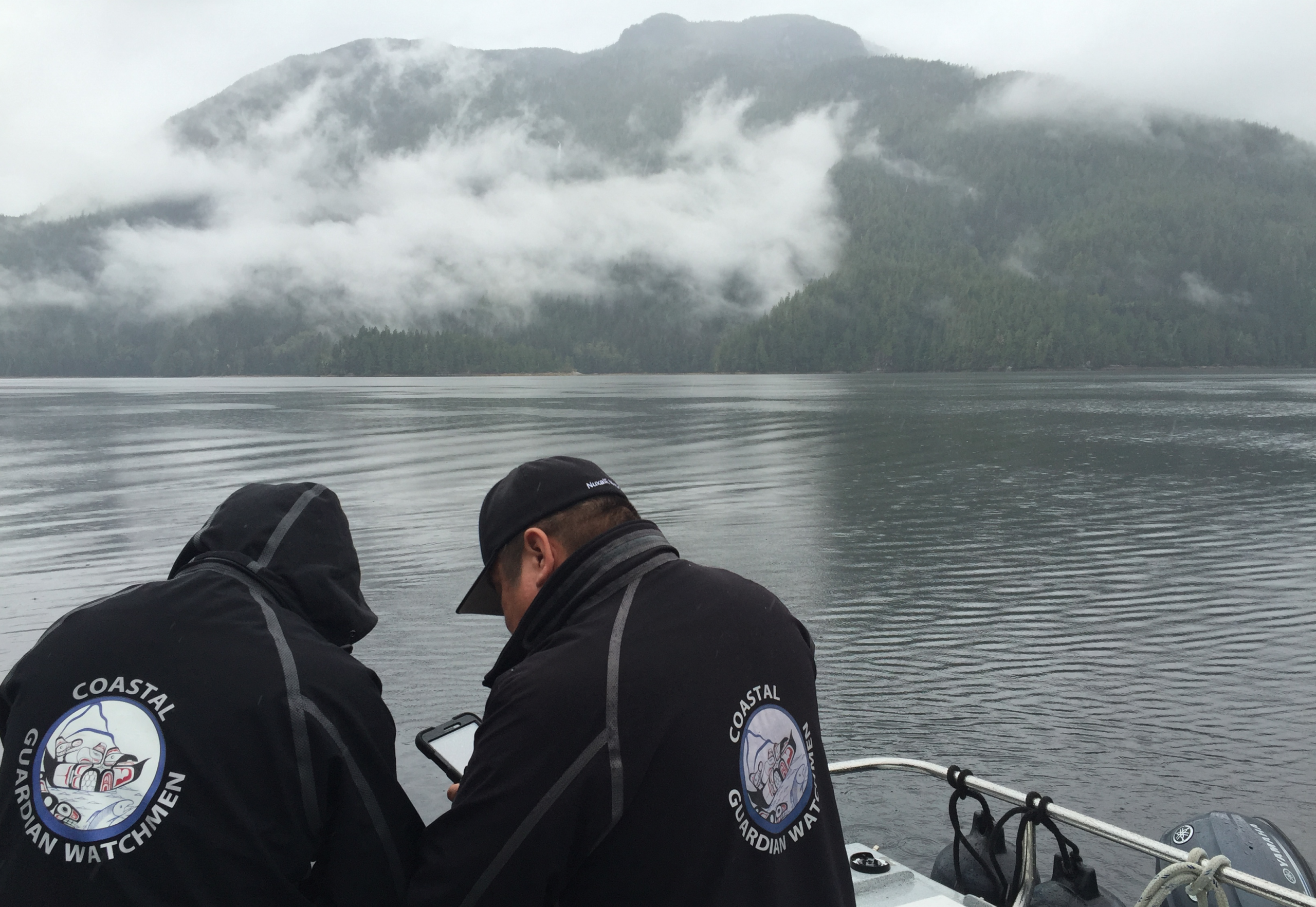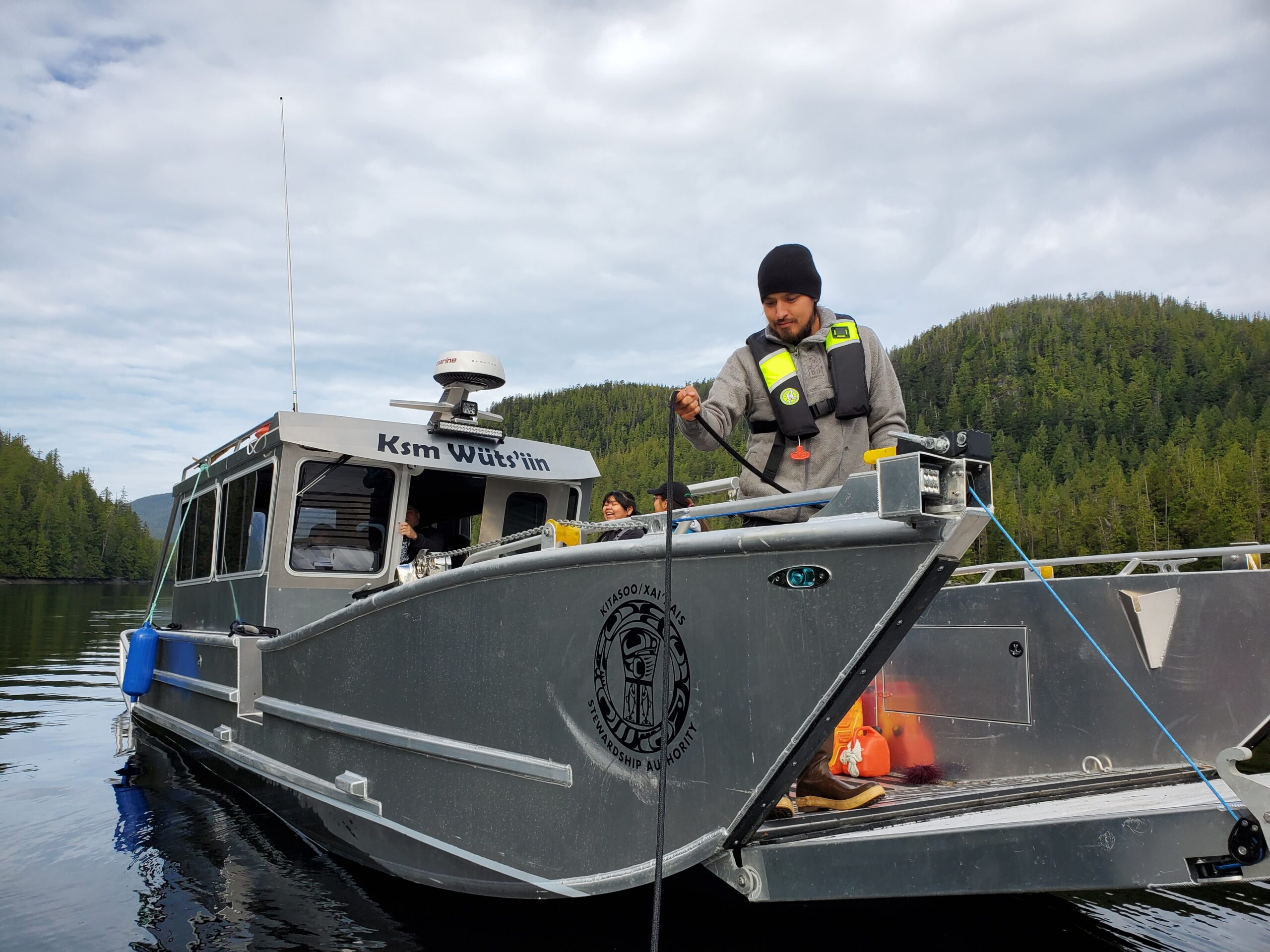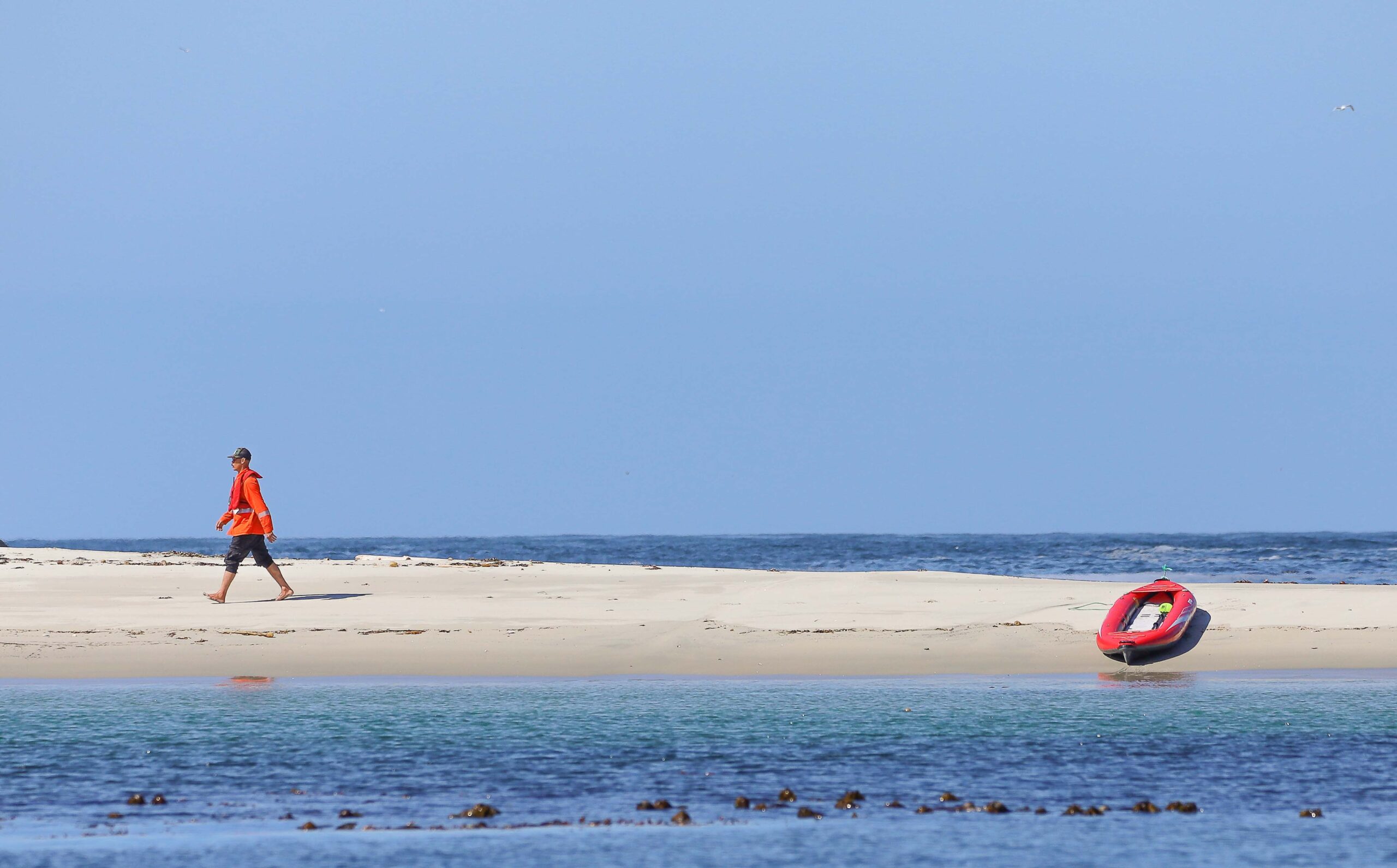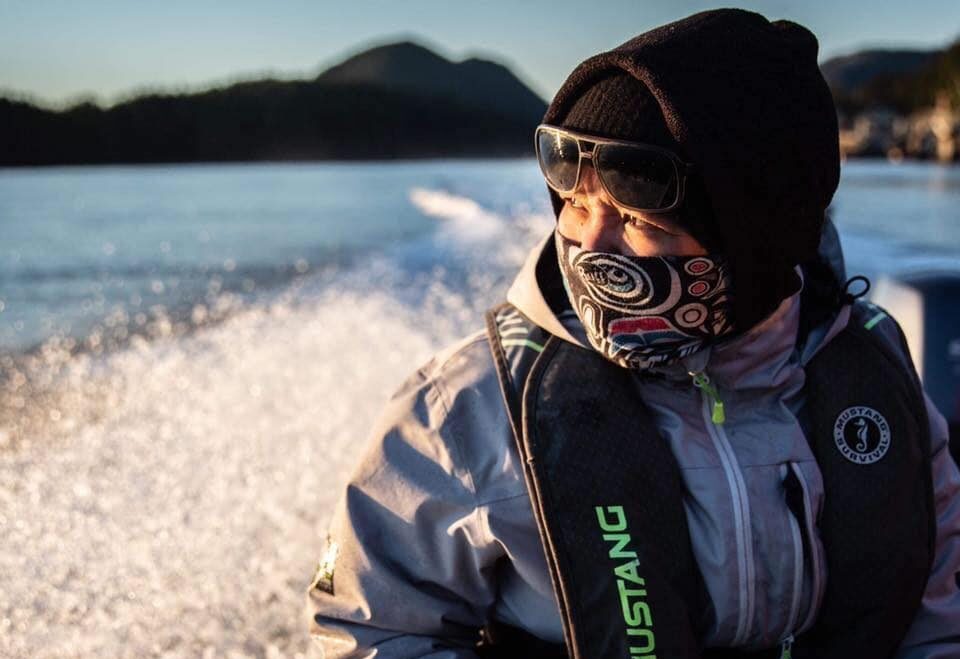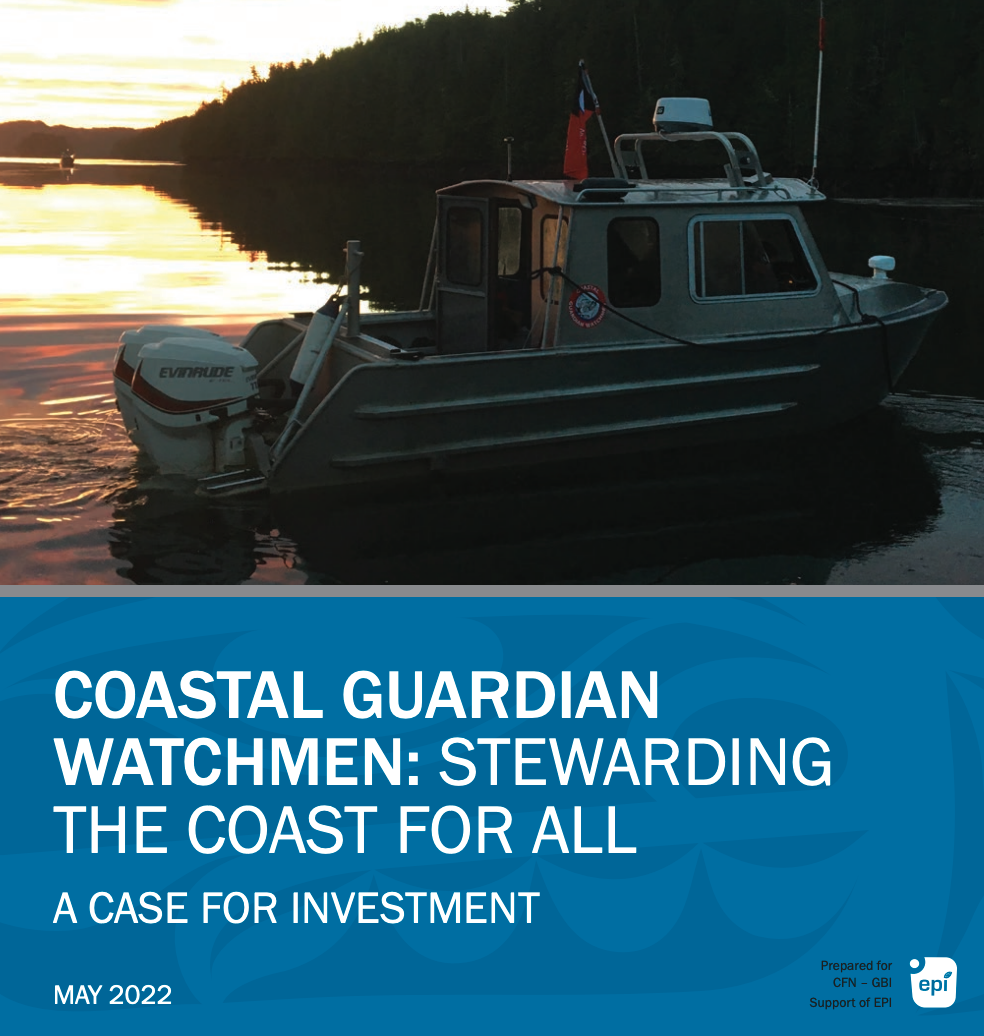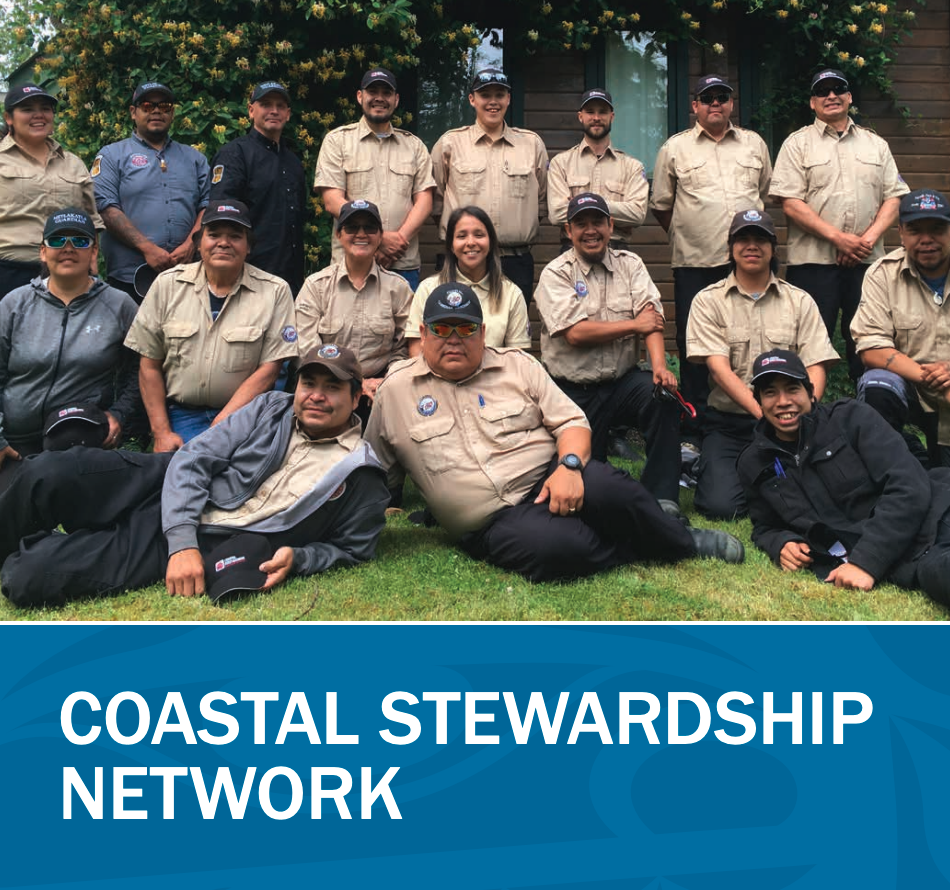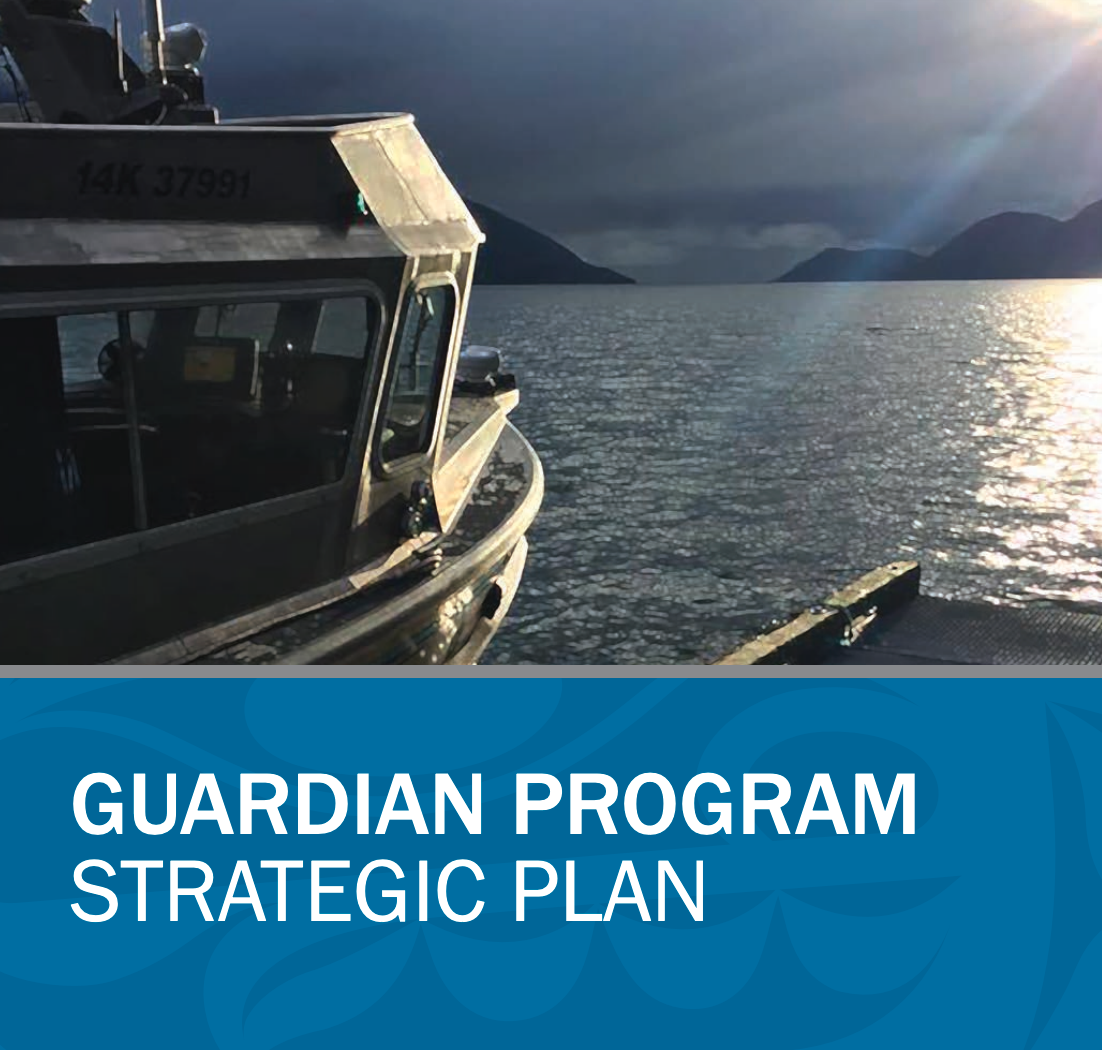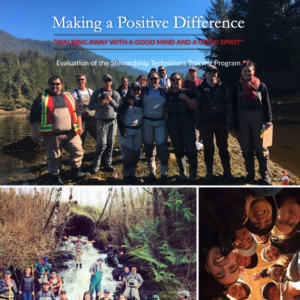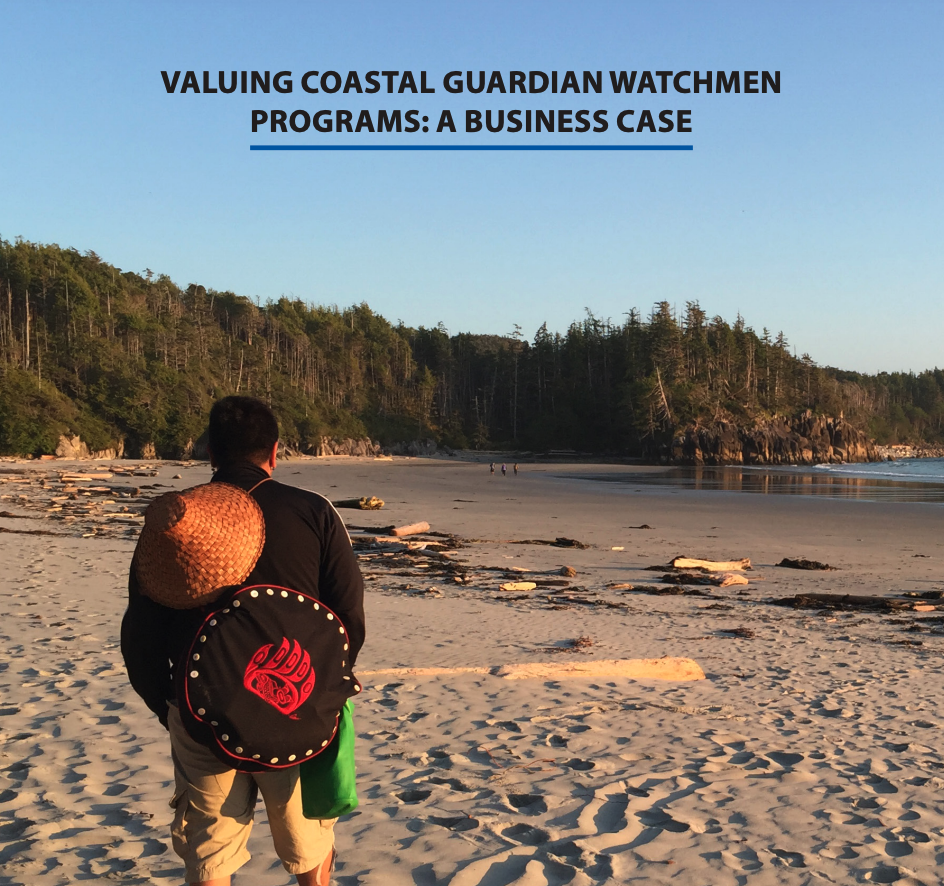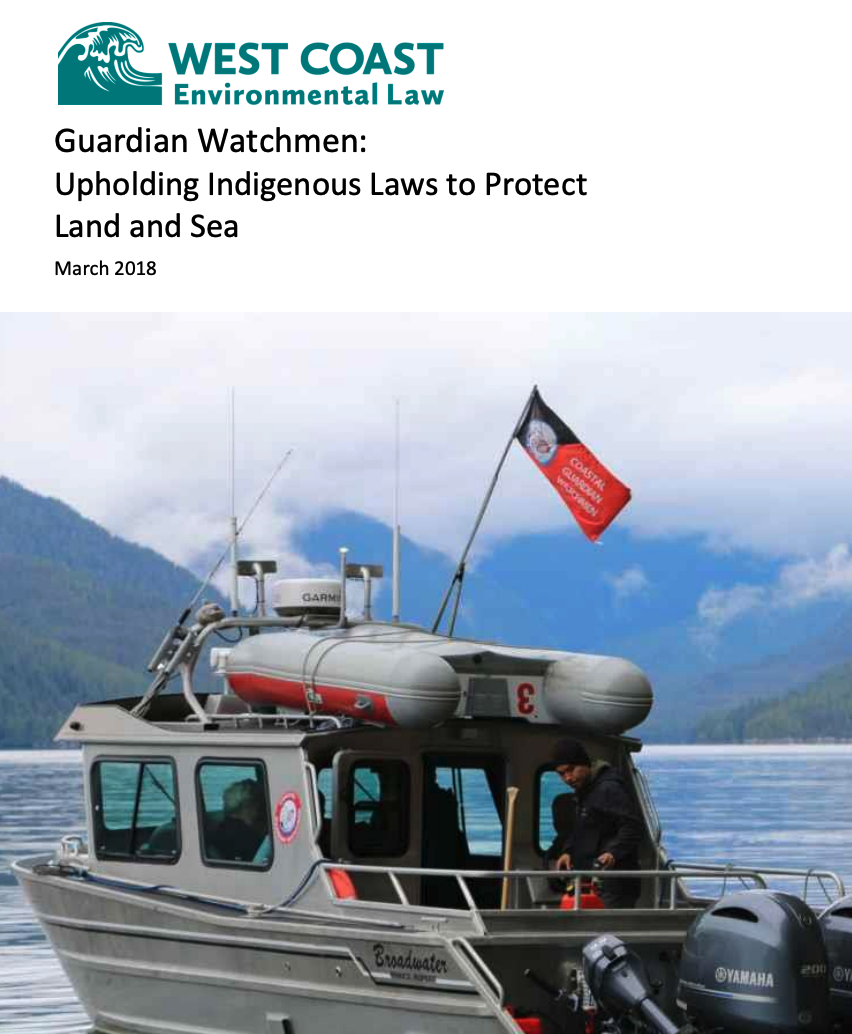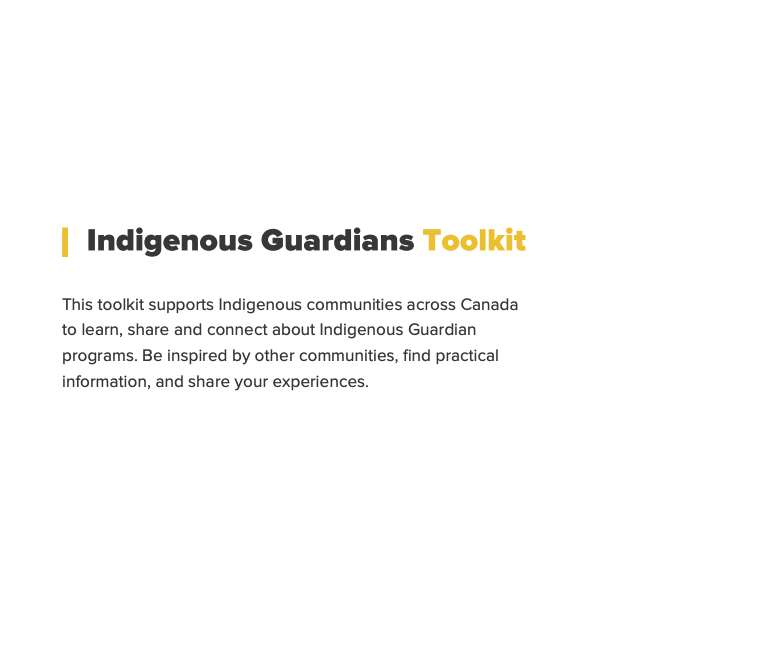Coastal Guardian Watchmen
Overview
On the North Pacific Coast, CFN member Nations have come together to form the Coastal Guardian Watchmen—a regional group that works collaboratively to steward this entire coastal region.
Coastal Guardian Watchmen play a critical role in all aspects of stewardship for Coastal First Nations—ensuring resources are sustainably managed, that rules and regulations are followed and that land and marine use agreements are implemented effectively.
They uphold and enforce traditional and contemporary Indigenous laws, and continue the work of their ancestors in protecting and managing coastal territories. Within the context of the United Nations Declaration on the Rights of Indigenous Peoples (UNDRIP), reconciliation and efforts in collaborative governance, the Coastal Guardian Watchmen are at the leading edge of a global movement toward Indigenous-led stewardship.
Given its ongoing success, the Coastal Guardian Watchmen provide an example for other Indigenous stewardship programs to replicate. In 2005, the Coastal Guardian Watchmen developed their vision, which continues to guide their stewardship goals and efforts, and highlights the importance of this work.
guardians are the Eyes and Ears of their Territories
Watch The VideoHistory of Coastal Stewardship
For thousands of years, First Nations people along the Pacific North Coast have cared for the wildlife and ecosystems that are a part of their communities.
The Coastal Guardian Watchmen are the modern version of that ancient tradition; they work together to monitor, protect and restore the cultural and natural resources of their Nations, upholding their Nation’s laws and the traditions passed down from their ancestors.
The Coastal Stewardship Network supports each Nation’s Guardian program by helping to produce outreach materials, including flags, uniforms and brochures that highlight rules and regulations within each Nation’s territory, and by providing extensive technical and training support, safety policies and procedures, and team development.
The Coastal Stewardship Network also supports the regional stewardship efforts of Coastal Guardian Watchmen by coordinating the Regional Monitoring System and by facilitating monthly conference calls and organizing annual gatherings that bring Guardians together to build relationships, and share information and experiences.
Nation-Led Guardian Initiatives
Although the Coastal Guardian Watchmen provide a regional stewardship focus, each Nation monitors and stewards its own territory, carrying on its unique stewardship traditions.
Find out more about each Nation’s individual Guardian initiatives by clicking on the pins below.
Explore more stories:
Resources
CFN produces a wide range of reports, fact sheets and other publications. Check back regularly, as we will post new resources here.
